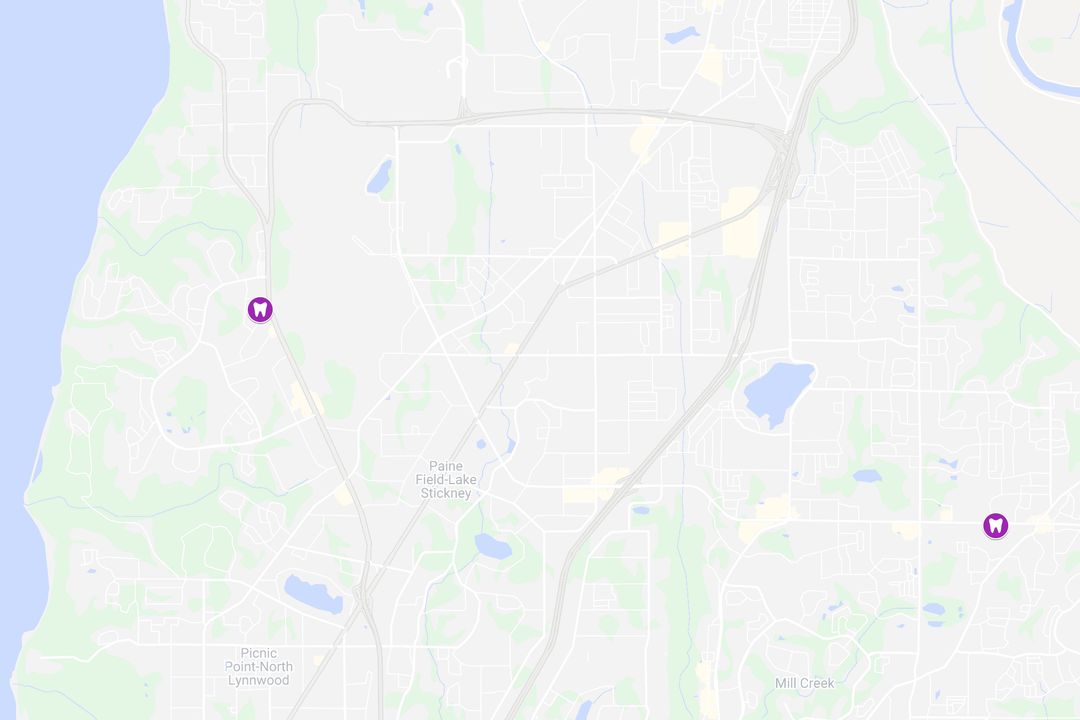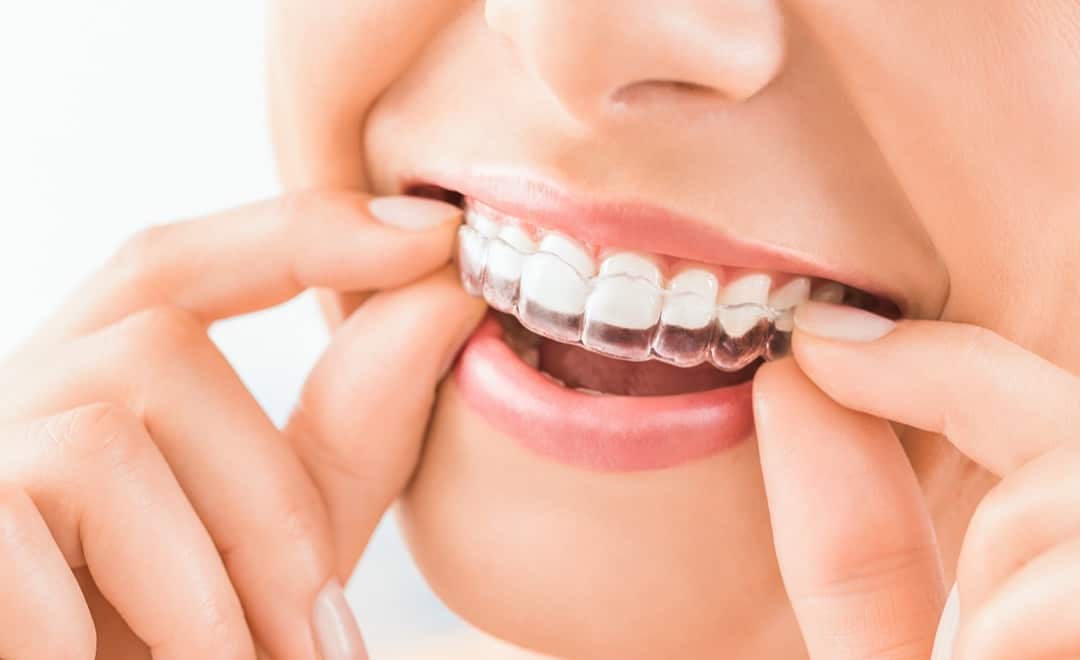Invisalign® clear aligners are the preferred orthodontic treatment for adults and teens who want to straighten their smile without braces. Family ortho Dr. Chad Carver, DMD, at Stellar Family Orthodontics in Mukilteo and Mill Creek, Washington, understands why many patients choose clear aligners over adult braces.
Compared to the metal brackets and wires of traditional teenage braces, Invisalign offers a discreet option to straighten malaligned teeth. These custom-made aligners contain BPA-free plastic that conforms to the natural shape of your teeth. They’re translucent and effective at shifting teeth into the correct position.
But can Invisalign fix all types of orthodontic issues?
6 Issues Invisalign Can’t Treat
While Invisalign technology is more advanced now than it was 10 years ago, no treatment is perfect. There are still certain orthodontic concerns that only braces can treat effectively, including:
1. Misshapen teeth
Clear aligners need traction to be effective and keep your treatment plan on target. If your teeth are overly short, severely misshapen, or pegged, Invisalign clear aligners won’t have enough grip. Since aligners can grip your teeth closely, they may not shift your teeth into proper alignment.
2. Large gaps
Invisalign is designed to close up to 6mm of space between teeth, so closely large gaps is difficult. If you have very large gaps in your smile, clear aligners may not close the open space completely. For gapped teeth that have more than 6mm of space between them, most orthodontists recommend conventional braces.
3. Rotated teeth
A rotated tooth that’s turned more than 20 degrees requires more extensive orthodontic treatment, like traditional braces, so clear aligners may not be appropriate. This is also true for teeth that are tilted backward or forward.
4. Previous dental work
Prior dental work, such as crowns or bridges, may not adhere well to Invisalign clear aligners. During your orthodontic exam, Dr. Carver and his team can take digital X-rays and perform a visual assessment of your teeth. This helps determine if you have restorative dental work that may interfere with Invisalign treatment.
5. Extreme overbite
Invisalign can effectively treat most overbites, but severe overbites often develop due to skeletal deformities. Extreme overbite cases typically require orthodontic surgery to correct.
6. Intrusion and extrusion
Intrusion refers to the process of moving a tooth back into its supporting bone and tissue, while extrusion pulls the tooth out of these structures. Though braces can shift teeth up and down, Invisalign cannot. Cases of intrusion or extrusion require braces for adults and children.
If you’re looking for braces or Invisalign in Mill Creek, Mukilteo, or the surrounding communities, affordable orthodontist Dr. Carver at Stellar Family Orthodontics can help. Call or schedule a free orthodontic consultation online now to learn more




